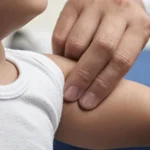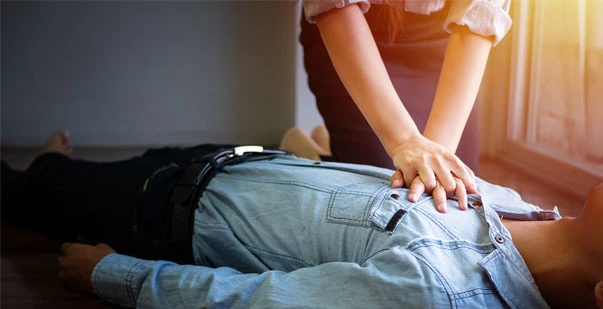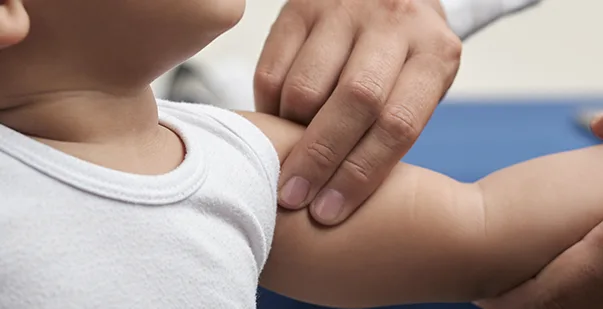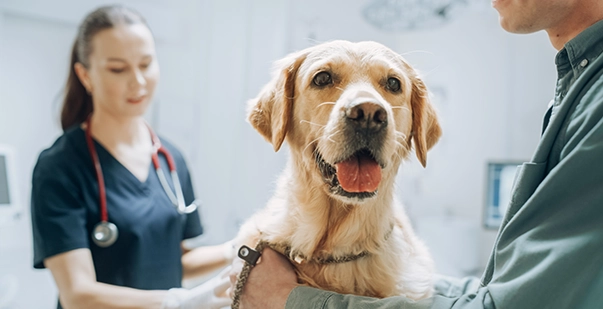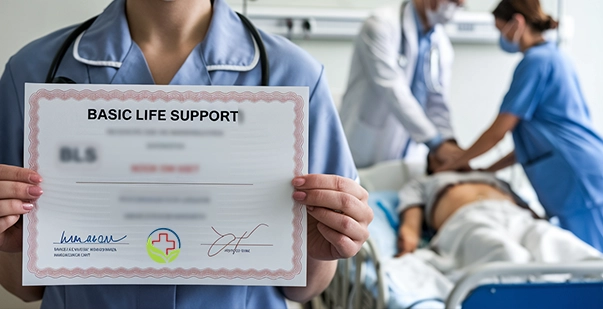Over a million people in the United States use pacemakers, and many others have defibrillators. When someone’s heart needs extra help, they might have a pacemaker or defibrillator inside them. Despite being an estimate, various sources indicate the number of people in America with a pacemaker implant anywhere from 500 thousand to three million. Age is directly proportional to the risk of pacemaker implantation. In reality, more than 70% of all pacemakers are placed in patients who are older than the age of sixty-five years. The aim of our blog is to provide you with information on how exactly to do CPR for someone who has a pacemaker or defibrillator and needs it. We will discuss how to perform chest compressions and rescue breaths that are compatible with the unique heart aids. Join us as we dissect the process of CPR with pacemakers and defibrillators.
What are pacemakers and defibrillators, and how do they work?
AED and pacemaker are essential medical equipment used to control the heartbeat. They are usually placed subcutaneously in the chest.
A pacemaker is a small device that stimulates the heart to beat normally by means of electrical impulses. It is mostly prescribed for slow or irregular heartbeat conditions. The device is a combination of a pulse generator (with a battery and a tiny computer inside) and leads, which transmit pulses from the pulse generator to the heart muscles.
Instead, an implantable cardioverter-defibrillator (ICD), also known as a defibrillator, is a device that detects the abnormal rhythm in the heart and provides electrical shock to it, thereby bringing it back to a normal pace. ICDs are usually implanted in patients who have a significant risk of life-threatening heart rhythms, such as individuals with previous sudden cardiac arrest or specific types of congestive heart failure.
However, both devices operate in distinct ways with the aim of helping to maintain a healthy heartbeat, which enhances life quality for people suffering from certain heart conditions.
Why is CPR essential for people with pacemakers or defibrillators?
Pacemakers and defibrillators are crucial in maintaining heart rhythm and preventing death. But they are not foolproof, and people with these devices can still suffer from life-threatening cardiac events. This is where the core principles of emergency response, including CPR and AED, are critical. Learn why CPR is essential for people with pacemakers or defibrillators:
- Safe Practice: A pacemaker or defibrillator does not contraindicate the performance of CPR on an individual. The process continues unchanged, with chest compressions being delivered away from where the device is situated. This guarantees that the device does not harm while providing sufficient support for the heart.
- Risk of Cardiac Arrest: Despite the use of a pacemaker or defibrillator, an individual can still suffer from sudden cardiac arrest. Heart rhythm management devices provide effective support but do not promise the prevention of cardiac emergencies. In such instances, CPR becomes vital to ensure continuous blood circulation until emergency medical help arrives.
- Vital for Survival: In many cases, CPR can significantly increase the chances of survival for a person who has suffered cardiac arrest, including patients with pacemakers or defibrillators installed. CPR ensures constant delivery of oxygen-rich blood to the brain and other important organs, allowing them not to suffer significant harm while increasing survival chances.
- AED with pacemaker: In an individual with a pacemaker or defibrillator, CPR can be safely coupled with the use of AED. However, in the case of unresponsiveness and no breathing, prompt AED application is critical. The shock device does that by administering a current to the heart, and it is an effective complementary treatment for CPR.
Read More: CPR AED Course in Oakville
How do you perform CPR on someone with a pacemaker or defibrillator?
The ability to carry out CPR on someone with a pacemaker or defibrillator is an essential life-saving skill in cardiac emergencies. Although these devices assist in regulating heart rhythm, they do not eliminate the danger of sudden cardiac arrest. Thus, it is critical to know how to perform CPR in such circumstances. Learn how to correctly and safely carry out CPR for a person with a pacemaker or defibrillator.
- Check Responsiveness: First off, you need to establish if the person is responsive by gently shaking them and asking whether they are alright. In the absence of a response and if the person is not breathing or gasping for air, this points to a cardiac emergency. In such a case, you should request medical assistance and start CPR promptly.
- Chest Compressions: As quickly as possible, perform chest compressions. Put your heel of the hand on the center of your chest and do compressions hard and fast at 100–120 compressions per minute. It is also worth mentioning that they apply compressions at a distance from the location of the pacemaker or defibrillator in order to prevent damage caused by these devices.
- Rescue Breaths: Administer two rescue breaths after every 30 chest compressions. For this, recline the person’s head slightly to unblock the airway and pinch close their nose prior to breathing into his or her mouth until you see that chest rise. Repeat this cycle until first aid arrives or the person starts breathing.
- Use of AEDs: AEDs may detect abnormal heart rhythms and administer a shock to normalize rhythm. They are not harmful for a pacemaker or defibrillator patient and can significantly enhance the person’s rate of survival.
Read More: CPR, AED and First Aid Practice Test Quiz
Can you do CPR on someone with a pacemaker?
Yes, a layperson can apply an AED to someone with an internal cardiac device like a pacemaker or ICD. The modern AED is easy to use and has instructions for lay people. It is important to keep the AED pads at least one inch away from the internal device. The timely use of an AED significantly increases the chances of survival for sudden cardiac arrest patients, including those with internal heart devices. Make sure to consult a medical professional as soon as possible.
Conclusion
A pacemaker and defibrillator control heart rhythm, but they do not eliminate the potential for cardiac emergencies. Cardiac arrest with a pacemaker is common, thus, knowing how to perform CPR and use an AED appropriately in these scenarios is crucial. Clear instructions and proper placement of AED pads can encourage non-professionals to assist in such crises. While initiating AED or CPR with pacemakers, the need should always be to call for professional medical help.

